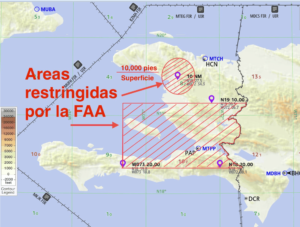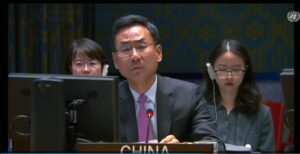
Its construction took a decade and an investment of almost US$700 million. Hence the inauguration on January 25 of the Monte Grande Damdescribed by President Luis Abinader as the “dream of decades”, seemed good news for residents in the area, since the main objectives of the work are agricultural development and avoiding flooding of the Yaque del Sur River.
Paradoxically, for the producers of the municipal district Hato Nuevo Cortés, In Azua, with 4,700 residents whose livelihood comes from agriculture, flooding caused by the filling of the dam is the greatest threat.
The 2.2 kilometer wide retaining wall can contain 350 million cubic meters of water and it is barely at level 177 out of 197, according to data from the authorities, and it has already affected the crops in the areas Mule’s MouthManzanillo and Ox.
Patrick Matos56 years old, is one of those affected. Last Thursday, he and other farmers were unable to enter their fields due to the flooding. That day, they were trying to save some bunches of bananas, but the excess water had already damaged them, he points out.
That is to say, instead of help, the natives of the community, belonging to the municipality of The Yayas of Viajamathey see the work as the greatest threat that this town has had, founded as a cattle herd in the years of the 1500 for spanish Hernan Cortes. Hence its name.
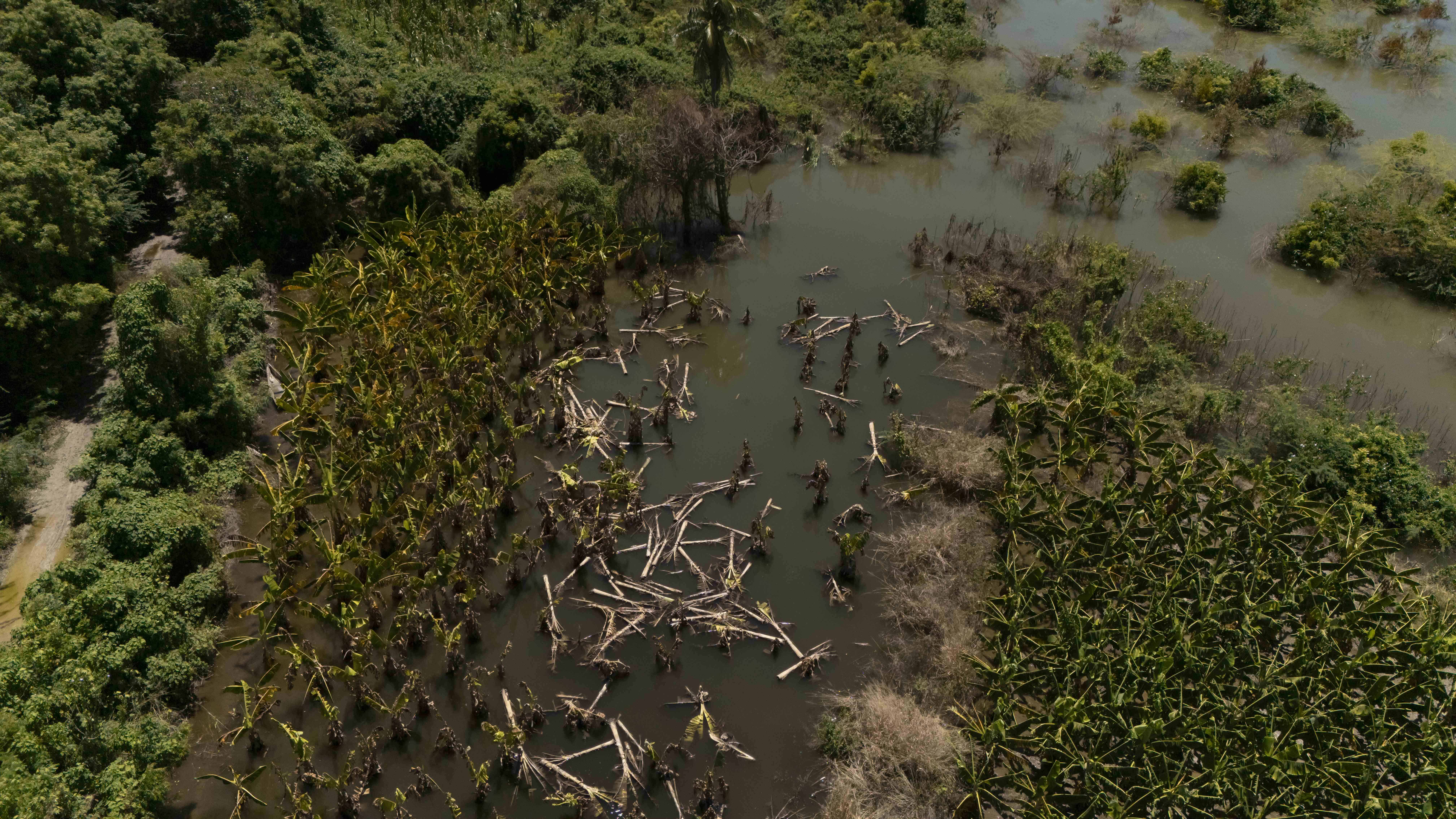
In 2018, when they found out that they would be affected, they met with executives from the National Institute of Hydraulic Resources (Indrhi) and they informed them that the water would not cause a problem; However, as of today, they project that they will lose seven homes and 3,000 tasks of arable land.
“We understand that RD$25,000 for a piece of land is so that these communities will live in misery from now on”Hato Nuevo Cortés Producer
Matos complains that Indrhi pays them 25,000 pesos per task, an insufficient price for them, since they estimate that in that area each task costs between RD$60 and 80,000 pesos.
The farmer, who is also lawyercites precisely the articles of the Constitution which the Government claims has violated. He also does not see it possible to dedicate himself to Law, because it is a profession that is not in great demand in this area.

Dilania Beltre54 years old, is another of the aggrieved. He asked President Abinader to visit Hato Nuevo de Cortés to check the damage. The residents of Hato Nuevo say they do not have large buildings, but they consider themselves rich because they produce 80% of what they consume. Nelson Cordero65 years old, also asks the Government for help, because, as he maintains: “Satan is taking them away.”
They accuse the authorities of not taking them into account to compensate them with crop land, as they did with the residents of the southern part of the dam, for whom the Government built 390 homes and is in the process of giving them fertile land. Furthermore, they accuse the governor and the senator of Azua of not supporting them in their cause.
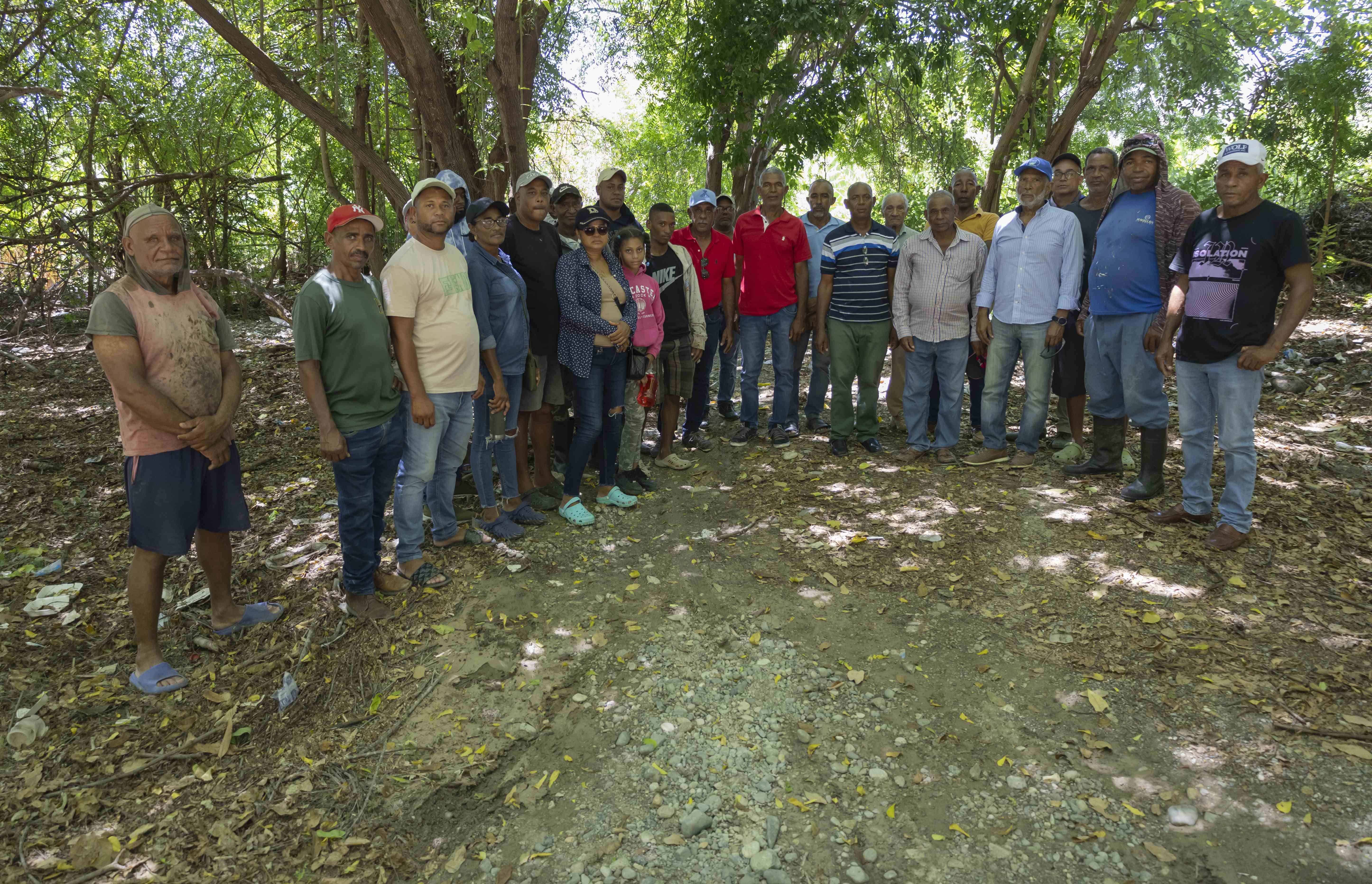
Dedicate yourself to fishing?
The residents of Herd Nuevo Cortés They say they have always been dedicated to agriculture, so they do not see it feasible to change it to fishing, an activity that could be developed with the water of the Monte Grande Dam.
Although they do not have large buildings, they consider themselves rich because they produce 80% of the food they consume, says Matos.
Indrihi and the reward
Free Diary consulted with Indrhi, the accused entity. Elvis Pallanodirector of Supervisionspecifies that they are evaluating the files of the areas of Boca de Mula, Manzanillo and Buey, where the water is already.
He states that the agreement is to deliver 30 pieces of land to each producer, but since there is not enough, 10 conditioned ones will be given to them and they will be paid for the remaining twenty. But he clarified that the price will be established through a cadastral table that defines the exact amount. The table establishes the payment of 40 pesos per square meter of arable land and 15 pesos per square meter in the arid zone.
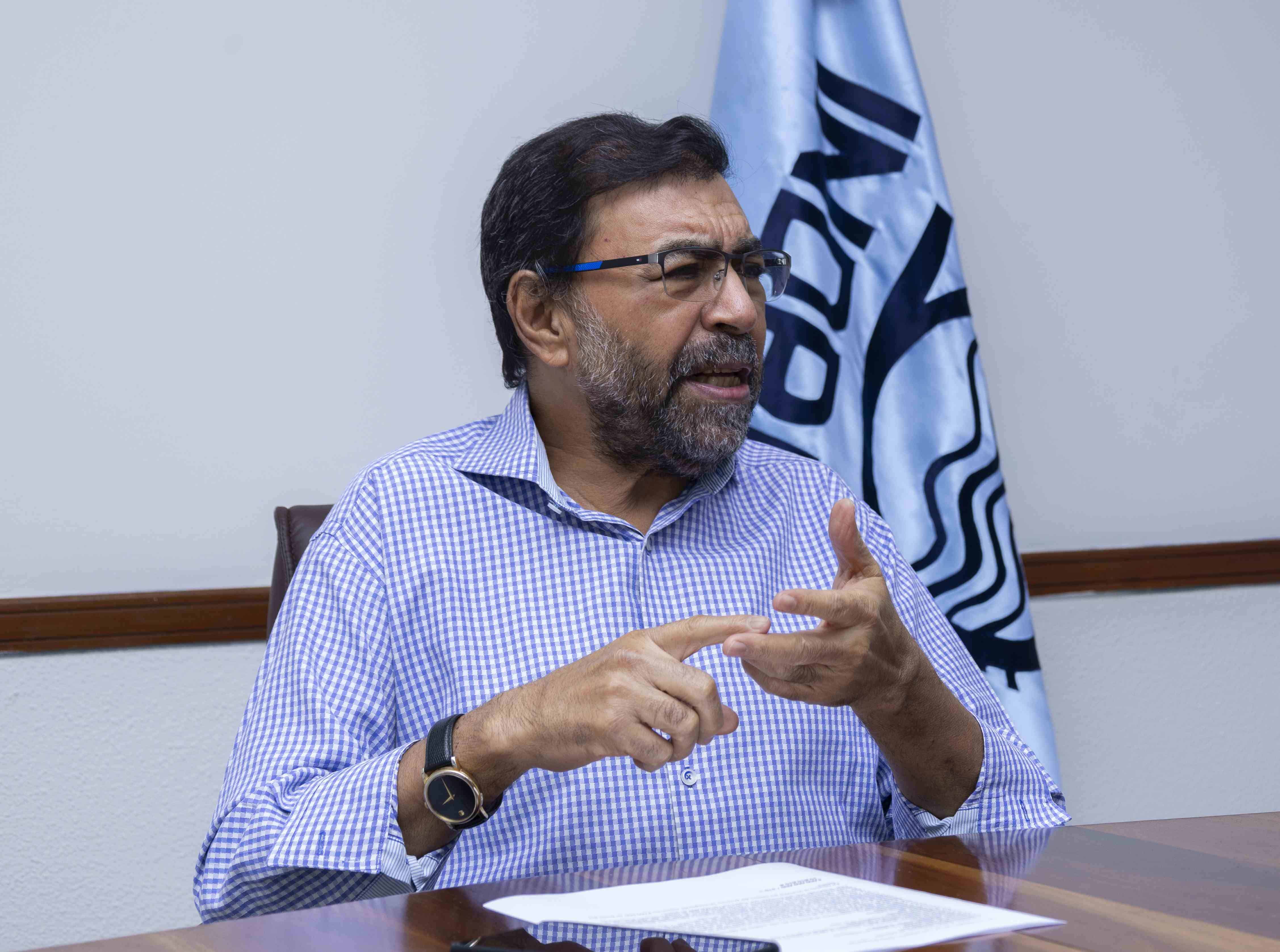
While Olmedo Caba, its executive directorexpresses that, if the dam floods their lands, they will be rewarded.
He states that there are producers who will not be affected, but want to be benefited. Others have not been paid due to problems with their lands with families, he added. “All the areas that the dam is going to impact (…), as the water level rises, you can be sure that, if they have agricultural production, we are going to evaluate them.”
Another complaint is that the authorities have not removed all the weeds from the reservoir, which will cover several square kilometers. Leonardo Mercedes, members of the Enriquillo Coalition, fears that the trees will be flooded and rot, giving rise to gases that damage the water, fish and ecology of the area. He states that the removal of the dam basin is stipulated in the budget, but “until now, what they have cleaned is what was the feeder and a part near the dam wall.”
In that sense, Mercedes maintains that the regulations corresponding to the construction of a water storage dam are being violated. He points out that they will continue fighting until it is fulfilled.


